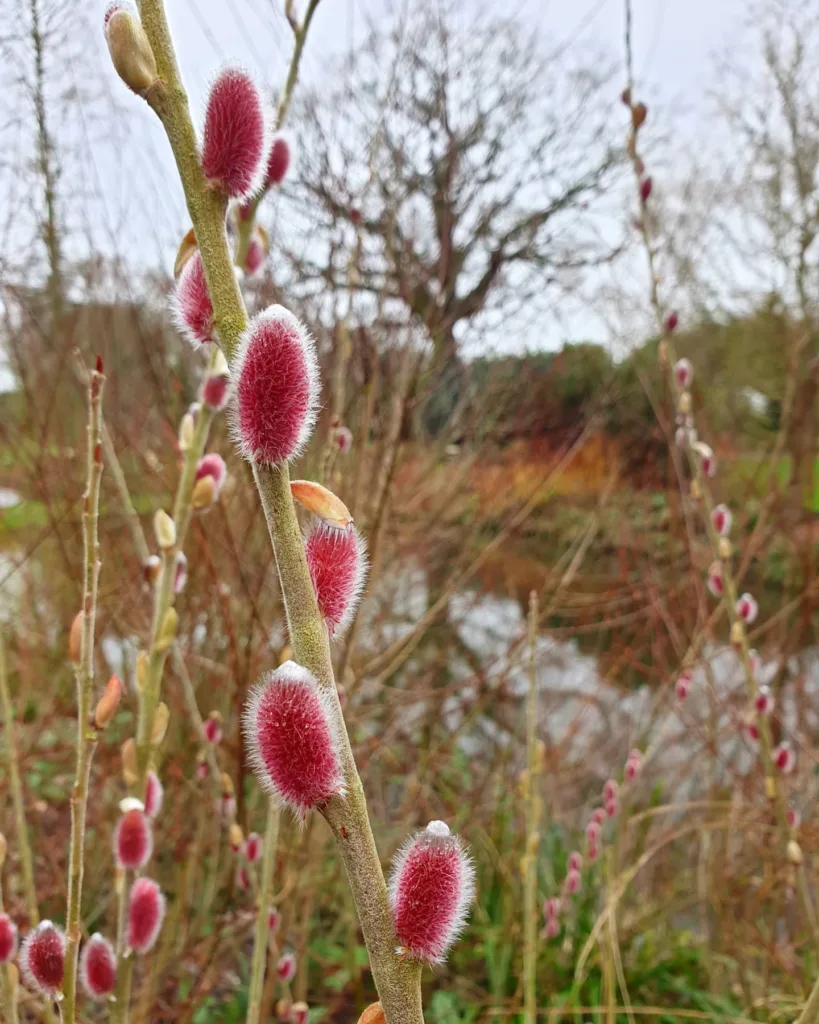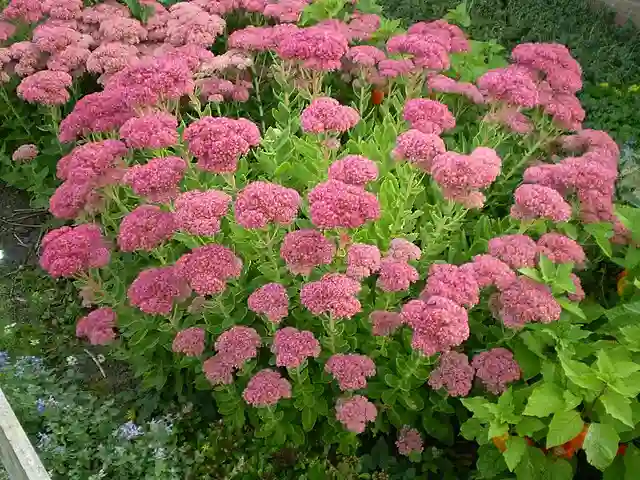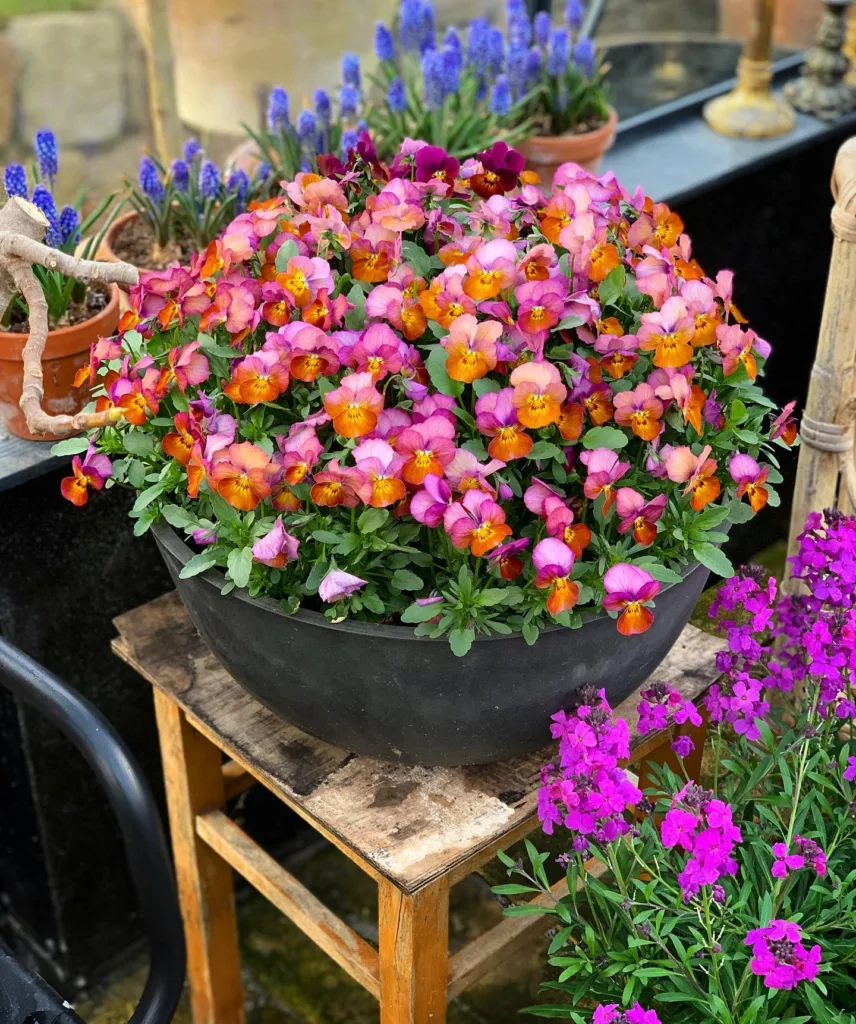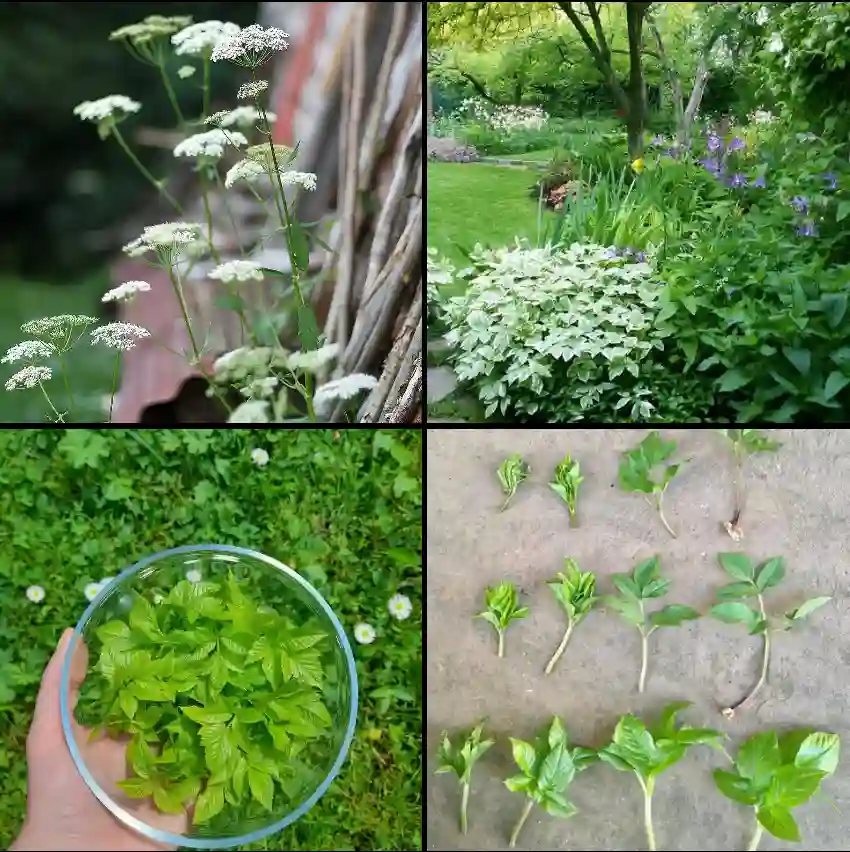My Fascination with Olacaceae
As a botany enthusiast, I’m always on the lookout for unique and intriguing plant families. Recently, I’ve become captivated by Olacaceae, a fascinating group with a myriad of unusual characteristics. Let me share my journey of discovery into the world of Olacaceae.
Olacaceae: An Overview
Olacaceae, also known as the “olax family,” comprises roughly 25 genera and around 250 species of flowering plants. They are primarily distributed throughout tropical and subtropical regions, with a particular concentration in South America, Africa, and Southeast Asia. This family showcases a remarkable diversity of growth forms, including trees, shrubs, lianas (woody vines), and even hemiparasitic plants.
Distinctive Features
One of the most striking aspects of Olacaceae is their hemiparasitic nature. Several members of this family form specialized root structures called haustoria, which penetrate the roots of other plants to obtain water and nutrients. This unique adaptation allows them to thrive in nutrient-poor environments.
Olacaceae plants also exhibit fascinating floral diversity. Their flowers are often small and inconspicuous, but they can be aggregated into showy inflorescences. The fruits are typically drupes or berries, often brightly colored and attractive to birds and other animals, which aid in seed dispersal.
Genera
The Olacaceae family encompasses a wide array of interesting genera, each with its own distinct characteristics.
- Olax: The namesake genus of the family, comprising around 30 species of shrubs and small trees.
- Ximenia: A genus of approximately eight species of shrubs and small trees, known for their edible fruits and medicinal properties. – 10 Species in Genus Ximenia
- Heisteria: A diverse genus with around 40 species of shrubs, trees, and lianas, often found in tropical rainforests.
- Strombosia: A genus of about 10 species of trees, valued for their timber and edible fruits.
- Aptandra: A small genus of about five species of trees, known for their unique fruits and seeds.
- Anacolosa: A genus of trees or shrubs found in tropical regions, known for their simple leaves and small, often inconspicuous flowers.
- Brachynema: A genus of trees or shrubs native to tropical America, characterized by their small flowers and drupe-like fruits.
- Cathedra: A genus of hemiparasitic shrubs or small trees native to South America, with simple leaves and small, inconspicuous flowers.
- Chaunochiton: A genus of trees native to Southeast Asia and Australia, with simple leaves and small, clustered flowers.
- Coula: A monotypic genus represented by Coula edulis, an evergreen tree native to tropical Africa, valued for its edible nuts and timber.
- Curupira: A genus of trees native to South America, with simple leaves and small, inconspicuous flowers.
- Diogoa: A genus of shrubs or small trees found in tropical Africa and Madagascar, with simple leaves and small, inconspicuous flowers.
- Douradoa: A monotypic genus containing Douradoa congolana, a tree endemic to Central Africa, with simple leaves and small, inconspicuous flowers.
- Engomegoma: A genus of trees or shrubs native to tropical Africa, with simple leaves and small, inconspicuous flowers.
- Erythropalum: A genus of climbing shrubs or lianas native to tropical Asia, with simple leaves and small, unisexual flowers.
- Harmandia: A genus of trees or shrubs native to South America, with simple leaves and small, inconspicuous flowers.
- Hondurodendron: A monotypic genus represented by Hondurodendron urceolatum, a tree endemic to Honduras, with simple leaves and small, inconspicuous flowers.
- Maburea: A genus of trees native to South America, with simple leaves and small, inconspicuous flowers.
- Malania: A genus of trees or shrubs native to tropical Africa, with simple leaves and small, inconspicuous flowers.
- Minquartia: A genus of trees native to tropical America, with simple leaves and small, inconspicuous flowers.
- Ochanostachys: A monotypic genus containing Ochanostachys amentacea, a tree native to Southeast Asia, with simple leaves and catkin-like inflorescences.
- Octoknema: A genus of trees or shrubs found in tropical Africa and Madagascar, with simple leaves and small, unisexual flowers.
- Ongokea: A monotypic genus represented by Ongokea gore, a tree native to tropical Africa, known for its oil-rich seeds used in various industrial applications.
- Phanerodiscus: A monotypic genus containing Phanerodiscus perrieri, a shrub or small tree endemic to Madagascar, with simple leaves and small, inconspicuous flowers.
- Ptychopetalum: A genus of trees or shrubs native to South America, with simple leaves and small, fragrant flowers, some species having medicinal uses.
- Scorodocarpus: A monotypic genus represented by Scorodocarpus borneensis, a tree native to Southeast Asia, known for its garlic-scented wood.
- Strombosiopsis: A genus of trees or shrubs found in tropical Africa and Madagascar, with compound leaves and small, inconspicuous flowers.
- Tetrastylidium: A genus of trees or shrubs native to Central and South America, with simple leaves and small, inconspicuous flowers.
Economic and Ecological Importance
While Olacaceae plants might not be household names, they play significant roles in both economic and ecological contexts. Several species are utilized for their timber, fruits, and medicinal properties. For instance, the fruits of Ximenia americana, also known as the “tallow wood,” are edible and rich in vitamin C. The wood of certain Strombosia species is prized for its durability and used in construction and furniture making.
From an ecological perspective, Olacaceae plants contribute to the biodiversity of tropical and subtropical ecosystems. Their fruits serve as a food source for various animals, while their hemiparasitic nature influences the dynamics of plant communities.
Conclusion
My exploration of the Olacaceae family has been an enlightening experience. These plants, with their hemiparasitic adaptations, diverse growth forms, and ecological significance, highlight the wonders of the natural world. I encourage fellow botany enthusiasts to delve into the fascinating world of Olacaceae and discover the hidden treasures within this remarkable plant family.
If i die, water my plants!



